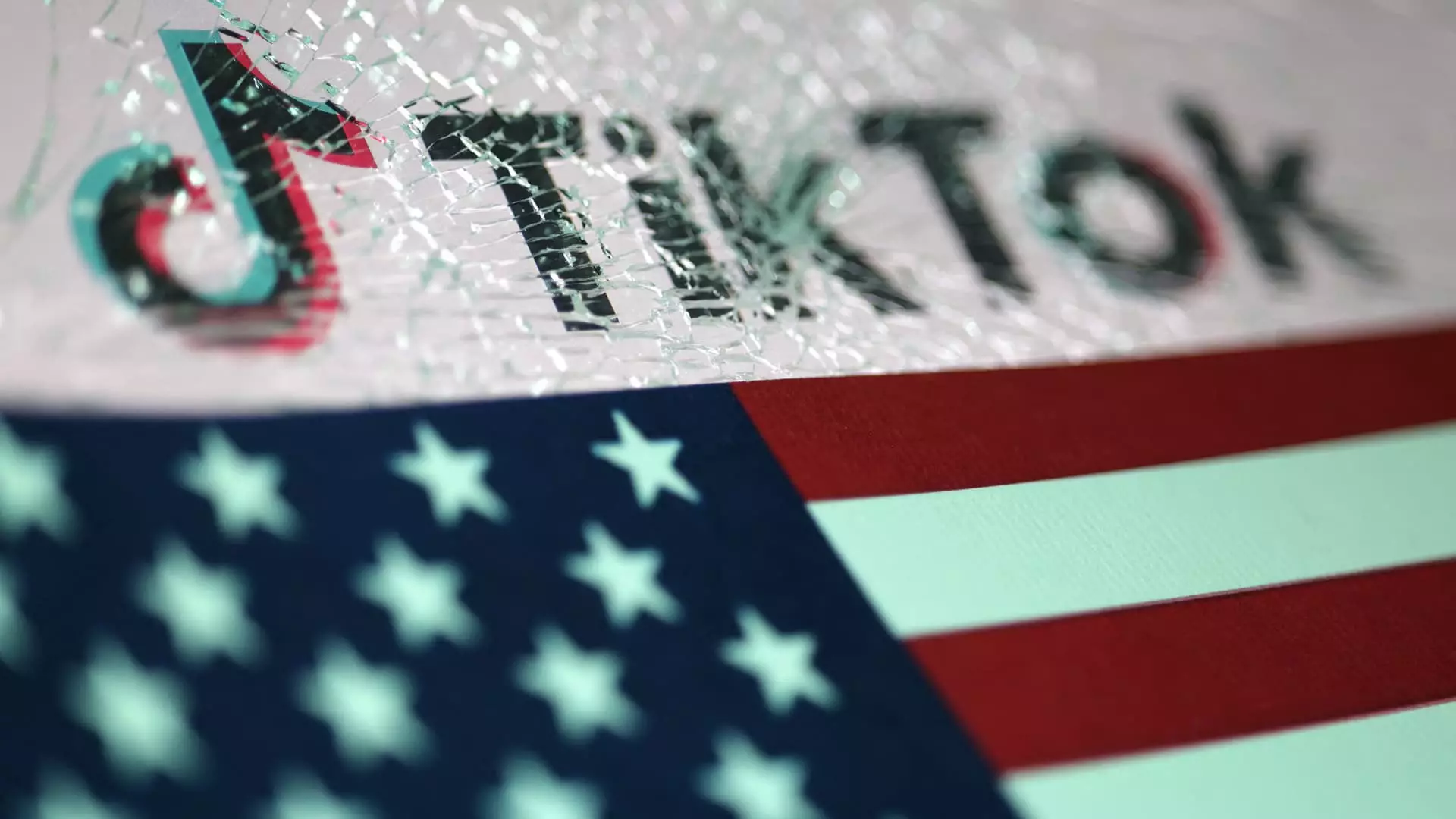In the ever-evolving landscape of social media regulation, TikTok has found itself at the center of a political storm in the United States. Following President-elect Donald Trump’s comments, TikTok briefly restored access to American users, illustrating the complicated interplay between government intervention and digital platforms. While Trump signaled intentions to delay a federal ban through an executive order, the longer-term implications of such decisions on TikTok’s future in the U.S. remain uncertain.
In a move that benefited both consumers and small businesses reliant on TikTok’s platform, the app was provisionally accessible again to American users. TikTok announced via X that it was working with service providers to ensure that the app could continue to function for over 170 million Americans. The company expressed gratitude towards Trump for alleviating concerns surrounding potential penalties for service providers who offer TikTok. This restoration was essential; not just for entertainment, but also for the livelihoods of approximately 7 million small businesses whose marketing strategies increasingly depend on digital engagement.
Trump’s declaration that he would issue an executive order to prolong the app’s operational status underscores the precarious relationship American companies have with foreign entities like ByteDance, TikTok’s parent company. The President’s message on his platform, Truth Social, highlights both urgency and a degree of political posturing, emphasizing the need for a solution that balances national security concerns with the rights of consumers and businesses. His suggestion of a potential 50% ownership stake for American interests serves as a gesture to not only assuage fears regarding data security but also to retain some degree of American control over a platform widely used by younger demographics.
One of the key points raised by TikTok in their statement was the implications for the First Amendment. By framing the federal ban as a form of arbitrary censorship, the company is not just defending its right to operate, but also calling attention to broader issues regarding freedom of speech in the digital age. The ongoing tensions between governmental authority and digital expression are underscored here, as regulatory bodies grapple with the fast-paced evolution of technology and the impacts on civil liberties.
Despite the temporary reprieve, TikTok’s future in America remains tenuous. The Supreme Court’s ruling affirming the ban adds a layer of complexity; unless there are legislative changes or a significant shift in ByteDance’s operational structure, the company’s prospects remain dim. The stated intention of a joint venture may sound promising, but without concrete actions from ByteDance, the path forward is fraught with challenges. Potential legal battles and regulatory scrutiny loom on the horizon, leaving users and stakeholders in a state of uncertainty.
The situation surrounding TikTok exemplifies the challenges digital platforms face in maintaining relevance amid political scrutiny. As the dialogue between tech companies and government entities continues, it is crucial for both sides to pursue transparent and constructive discussions. A balanced approach is vital to ensure not only the protection of citizens’ rights but also the opportunity for innovation and economic growth within the digital landscape. Whether TikTok can yield a sustainable solution in this climate remains to be seen, yet this case serves as a critical study of modern governance in the context of an increasingly digital world.

